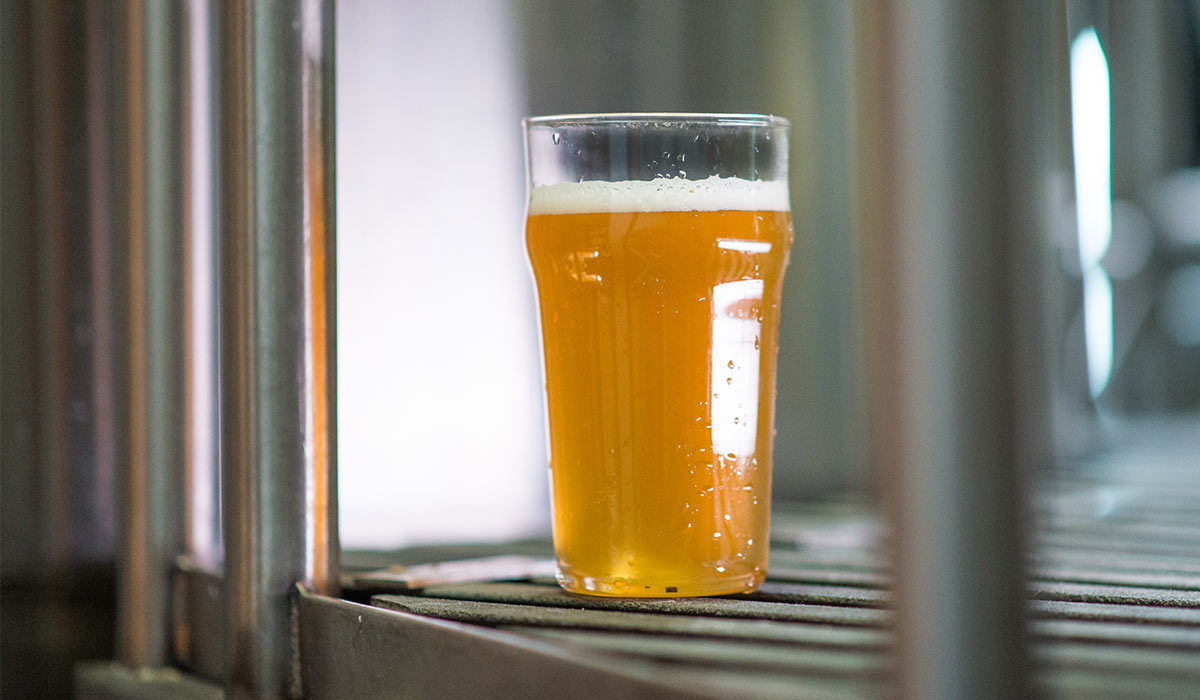What’s a craft brewer? The definition is taking a new evolution.
[newsletter_signup_box]
The definition is sculpted by the Brewers Association (BA), the not-for-profit trade association dedicated to small and independent American brewers; the BA also publishes CraftBeer.com. Every few years, the BA Board of DirectorsOpens in new window, which is made up of brewery representatives, reviews the definition to make sure it reflects the brewing community.
In a letter to the association’s members Tuesday morning, the BA Board announced the updated definition.
“As the industry evolves, so should the definition,” the letter says. “The process to review and update the definition started in summer 2018 with a survey to determine what products members are brewing or may brew in the future, followed by a request for input on a proposed change.”
(READ: What is the Independent Craft Brewer Seal)
The updated craft brewer definition drops what was the “traditional” pillar of the previous definition. The board says, “The ‘traditional’ pillar became outdated because craft brewers, seeking new sources of revenue to keep their breweries at capacity and address market conditions, have created new products that do not fit the traditional definition of beer.”
Here’s the new craft brewer definition: An American craft brewer is a small and independent brewer.
- Small: Annual production of 6 million barrels of beer or less (approximately 3 percent of U.S. annual sales). Beer production is attributed to a brewer according to rules of alternating proprietorships.
- Independent: Less than 25 percent of the craft brewery is owned or controlled (or equivalent economic interest) by a beverage alcohol industry member that is not itself a craft brewer.
- Brewer: Has a TTB Brewer’s Notice and makes beer.
Why Define a Craft Brewer?
The BA created the first craft brewer definition in 2006. It was updated in 2007, 2010 and 2014. The trade organization says defining a craft brewer has two benefits.
“Most importantly, this definition allows the BA to provide statistics on the growing craft segment that makes up the majority of all breweries in the U.S.” BA Craft Beer Program Director Julia Herz wroteOpens in new window in an article earlier this year. “Statistics serve as an important business planning tool for breweries and are highly valued by distributors, retailers, banks, and media.”
(READ: 2018 Craft Beer Highlights)
Herz says the second reason the BA defines craft breweries is to make the point that craft breweries are, for the most part, small community businesses run by entrepreneurs — setting them apart from the megabrewers, who are “run by global banking conglomerates.”
“Craft brewers have thrived against all odds, innovating and expanding Old World beer styles with New World twists, and have helped the U.S. become the world’s largest and most diverse beer destination on the planet,” she says.
The board describes the evolved definition as “more inclusive and adds more breweries to the craft data set.” For more details on what that means for statistics, read moreOpens in new window from BA Chief Economist Bart Watson on BrewersAssociation.org.
CraftBeer.com is fully dedicated to small and independent U.S. breweries. We are published by the Brewers Association, the not-for-profit trade group dedicated to promoting and protecting America’s small and independent craft brewers. Stories and opinions shared on CraftBeer.com do not imply endorsement by or positions taken by the Brewers Association or its members.


Share Post